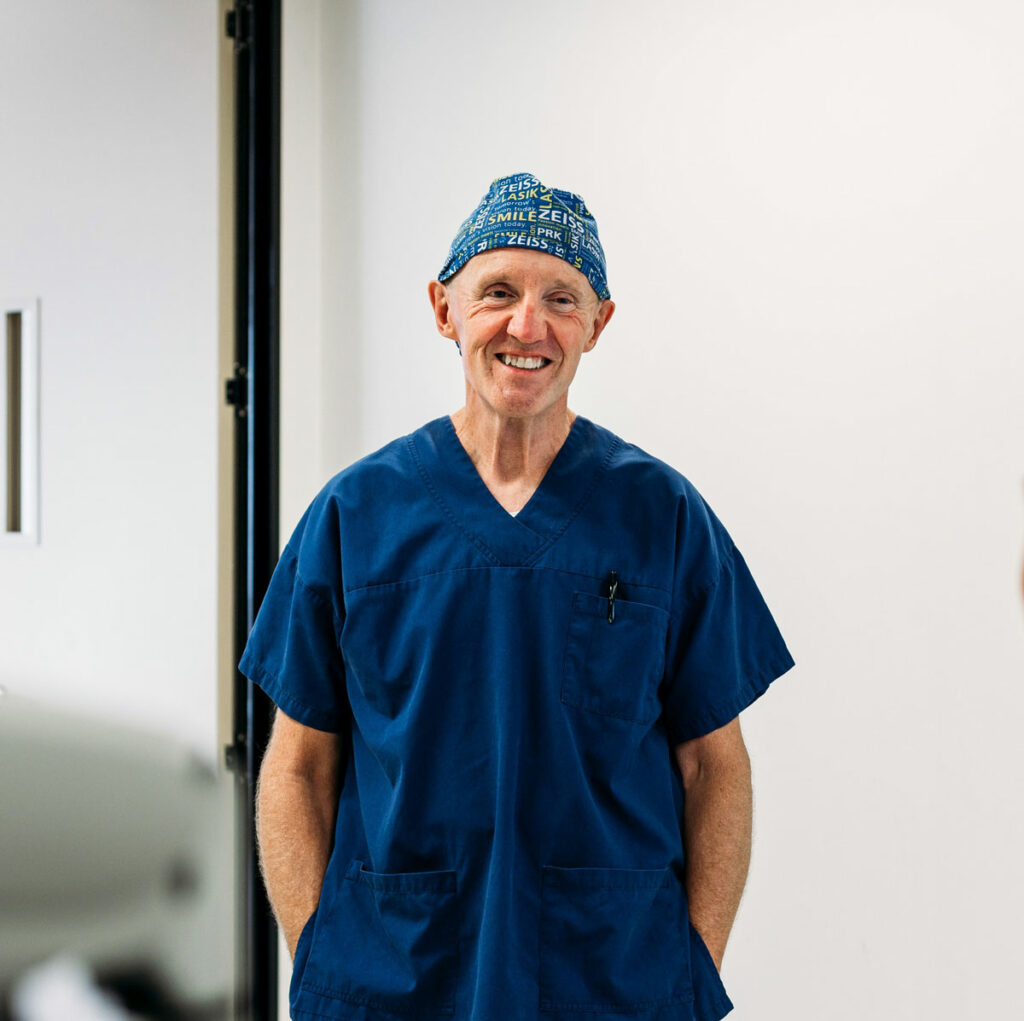
Wellington Eye Centre Ophthalmologist
Laser eye surgery holds the promise of clearer vision and freedom from glasses or contacts. However, it is not uncommon for people having laser eye surgery to find the thought of it stressful. A major concern is “what can go wrong” during the procedure. Here’s what you need to know about the possible intraoperative complications in laser eye surgery and how they are managed:
What Are Intraoperative Complications?
Intraoperative complications are problems that occur during the actual laser procedure. In contrast, postoperative complications occur in the days to weeks following the laser surgery. Post-operative complications include problems such as under or over-correction, slow healing and postoperative infection. These are not discussed in this blog, but you can read about them in this blog about the risks and complications of laser eye surgery.
Laser eye surgery – a quick review
It’s useful to understand the key differences between the three laser surgery procedures. This affects what we do to minimise and also manage intraoperative complications.
SMILE
SMILE® surgery uses only one laser, the VISUMAX®800, to create a lens-shaped piece of tissue (called a lenticule) in the middle of the cornea. The laser stabilises the eye using a device called a “patient interface” (PI) which applies gentle suction to the anaesthetised surface of the eye. The surgeon then removes the lenticule through a tiny keyhole incision on the surface of the eye.
The laser part of the procedure takes about 10 seconds to complete and the eye must remain stable during this time. The surgeon’s part of the procedure takes about 60-90 seconds, during this part of the procedure it’s not so important that the eye remains still.
LASIK
LASIK uses 2 lasers, the VISUMAX 800 to create a flap of corneal tissue and the MEL 90 excimer laser to reshape the cornea. The VISUMAX also uses the patient interface to stabilise the eye while creating the flap, this only takes 8-10 seconds.
The MEL 90 laser usually takes between 5-20 seconds to complete the reshaping. The laser does not use a patient interface to stabilise the eye. Instead, a sophisticated “eye tracker” is used to compensate for any eye movement and hence make sure that the laser treatment is correctly centred on the cornea.
PRK
PRK surgery only uses one laser, the MEL 90 to reshape the cornea and correct vision. The laser can take 5-20 seconds to complete the procedure. Before the laser treatment, the epithelial skin layer of the cornea is removed, this then grows back over the next 1-2 weeks.
An Introduction To Intraoperative Complications
Modern laser eye surgery is much safer, simpler and enormously more refined and sophisticated than when I had LASIK 26 years ago. At that time, excimer lasers were slower and did not have eye-trackers. LASIK flaps were created using a mechanical microkeratome, not nearly as accurate as the way we make LASIK flaps now. A microkeratome looks like a tiny carpenter’s plane, sucked onto the front of the eye. It ran across the cornea making a buzzing noise! Thankfully we don’t use those anymore!
The microkeratome introduced a few potential intraoperative complications, some of which could have long-term effects on vision. Thank goodness those days are long gone. (Having said that, I have had a perfect outcome and remain free of glasses to this day).
Modern laser eye surgery is much safer. The risk of intraoperative complications is much less, and if they do occur, they are much less likely to result in reduced or damaged vision.
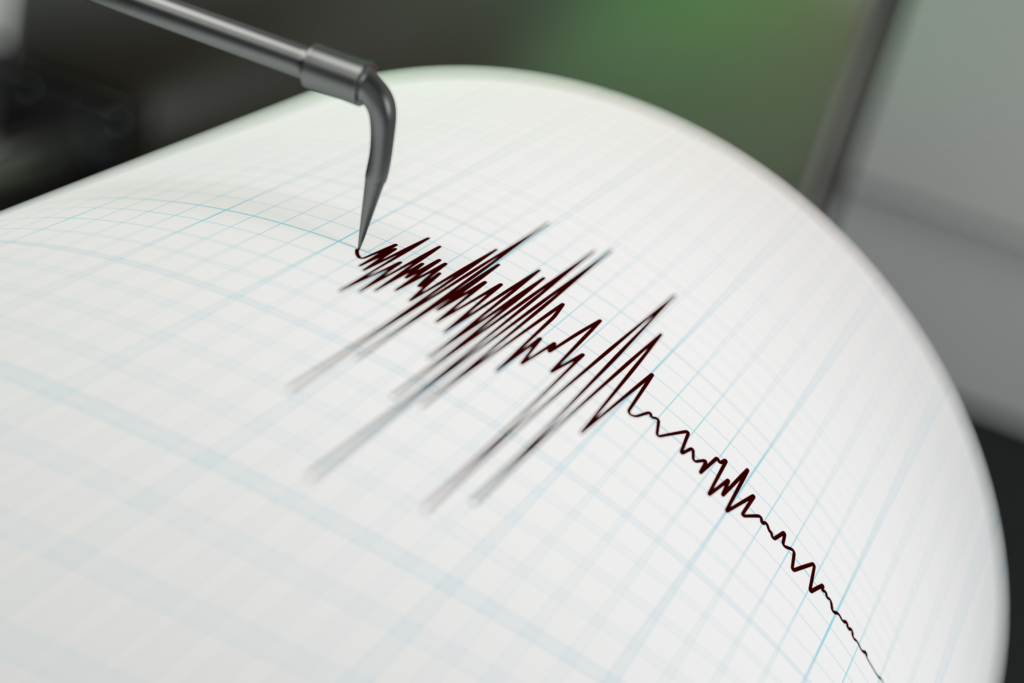
Events outside our control and “Acts of God”
Many patients are concerned about what happens if a power cut or earthquake occurs during their laser procedure.
Electrical outage: Both our VISUMAX 800 and our MEL90 laser are powered through UPS devices (backup power sources). This means the whole procedure can still be completed safely if there is a power cut.
Earthquake: Earthquakes are an understandable concern, given that we live in the shaky Isles. Only once, in 30 years of doing laser eye surgery have I experienced an earthquake while doing a procedure. Fortunately, it was only a slight shiver and happened just after I finished doing LASIK on the first eye. The left eye was successfully treated a short while later.
The bulk of earthquakes we experience in Wellington are not severe enough to affect the surgical outcome. But a more severe or longer-lasting shake could cause something called “suction loss” to occur if it happened during the creation of the LASIK flap or the laser part of the SMILE procedure. In this situation, it may not be possible to complete the SMILE or LASIK procedure, but there would be no damage to your eye or vision. Suction loss is discussed more fully in the next section of the blog.
Intraoperative complications due to the laser procedure
Pain and discomfort:
The surface of the eye is exquisitely sensitive, as anyone who has a scratch on the eye knows. However, it is also easily and effectively anaesthetised using anaesthetic eye drops. No needles or injections are used during the procedure. You will know the anaesthetic drops are working before the procedure starts, and you will not experience pain. Some people describe a slight discomfort or pulling sensation during the procedure, but it is quite manageable. Many of our patients comment that the procedure was nowhere near as bad as they thought it would be.
Suction Loss:
As explained earlier, during the SMILE procedure or LASIK flap creation, the eye is stabilised by a device called a “patient interface” or PI, using light suction. Stabilisation is necessary to ensure the laser is correctly centred and focussed on the cornea. If the eye moves significantly during the 8-10 second period that the laser is working, the suction holding the patient interface in place may be lost and the PI will no longer stabilise the eye – this is called “suction loss”. When suction loss occurs, the Visumax laser will immediately stop working to prevent damage to the cornea.
If suction loss occurs, it can be very distressing. Having laser eye surgery is a very big decision and everyone expects things to go smoothly, as they normally do. There are three very important things to keep in mind when thinking about suction loss. Firstly, it is very uncommon with the VISUMAX 800 laser, occurring in less than 0.1% of cases in my experience. Secondly, suction loss does not result in loss of vision or damage to vision. If it occurs, your corrected vision with glasses or contacts will return to the same as before your procedure.
What happens next?
In some cases, depending on what point in the procedure that suction loss occurred, it may be possible to reattach the PI, and the procedure can then be completed safely and uneventfully. However, in many cases, it may not be feasible or safe to reattach the PI to the eye. In this situation, it will not be possible to complete the procedure, either immediately or at a later date. However, it will almost certainly be possible to still have laser vision correction surgery carried out successfully and safely if you still wish to. However, you will need a different procedure than the one originally planned. PRK in the case of LASIK and PRK or LASIK in the case of SMILE.
Decentration:
Decentration happens when the laser isn’t aligned correctly to the centre of the cornea, potentially impacting visual quality. Both the Visumax 800 and Mel90 laser use data collected during your laser medical assessment to centre the laser treatment correctly. This system is accurate and reliable at ensuring the laser treatment is correctly centred. In addition, the MEL90 laser has a fast eye tracker that ensures that the laser treatment remains correctly centred on the cornea despite any eye movements which may occur. With the use of modern lasers, the chance of having significant decentration is extremely low.

What can you do to reduce the risk of Intraoperative complications?
Having laser eye surgery is an exciting experience. Considering the complications can be stressful. But it is really important to remember that Intraoperative complications are very rare. Being in a relaxed frame of mind is very helpful. If you are feeling anxious about having laser eye surgery we can prescribe you a mild sedative. This sedative is very effective at taking the edge off any anxiety you may experience. You’ll need to discuss this with us before the day of surgery to be able to fill the prescription.
To avoid suction loss occurring, we recommend you avoid squeezing your eyelids during the laser procedure. If we see you squeezing, we will not start the procedure until you can relax your eyes.
We recognise that laser eye surgery can be a challenging experience. Although modern laser eye surgery is a fast procedure, the team at the Wellington Eye Centre are not in a hurry. We will take our time, talk you through the process step by step and try to make it as easy and trouble-free for you as we can.
Conclusion:
Intraoperative complications during laser eye surgery are rare. By understanding these challenges and the strategies used to address them, you can feel confident in the expertise of our surgical team. Remember to discuss any concerns or questions you have with our surgeon and staff before undergoing laser eye surgery. With proper preparation and care, the vast majority of patients achieve excellent results and enjoy greatly improved vision after the procedure.
If you are interested in having laser eye surgery then give us a call on 0800 733 327. Or fill out the book a free assessment and someone from our team will get back to you with more information. We’d love to hear from you!
VisuMax® and SMILE® are registered trademarks of Carl Zeiss Meditec.
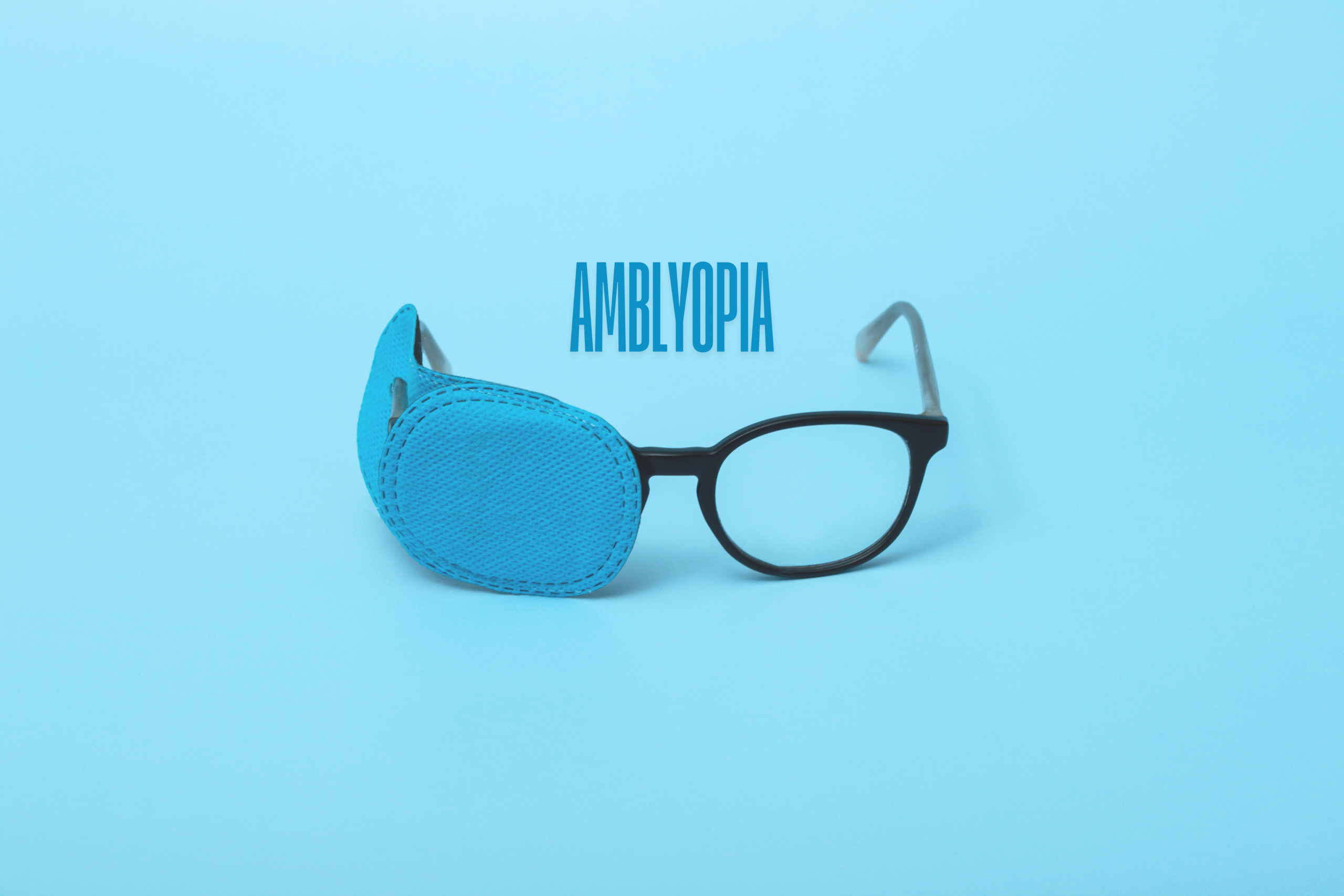
Amblyopia and Laser Eye Surgery

What are the visual requirements to join the Police in NZ?

What are the visual requirements for flying, set by the Civil Aviation Authority?
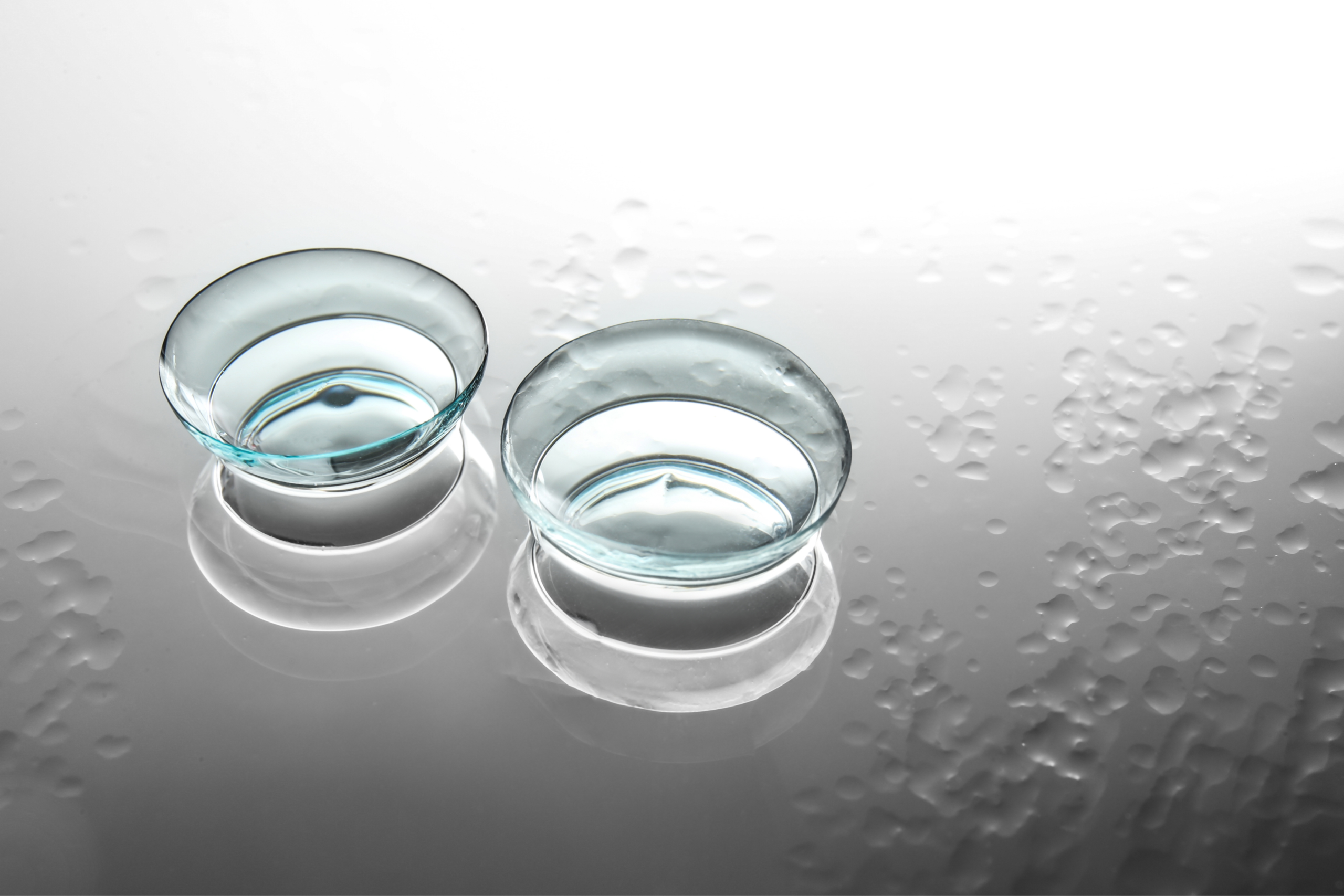
What happens when your vision after laser vision correction surgery is not what you expected?
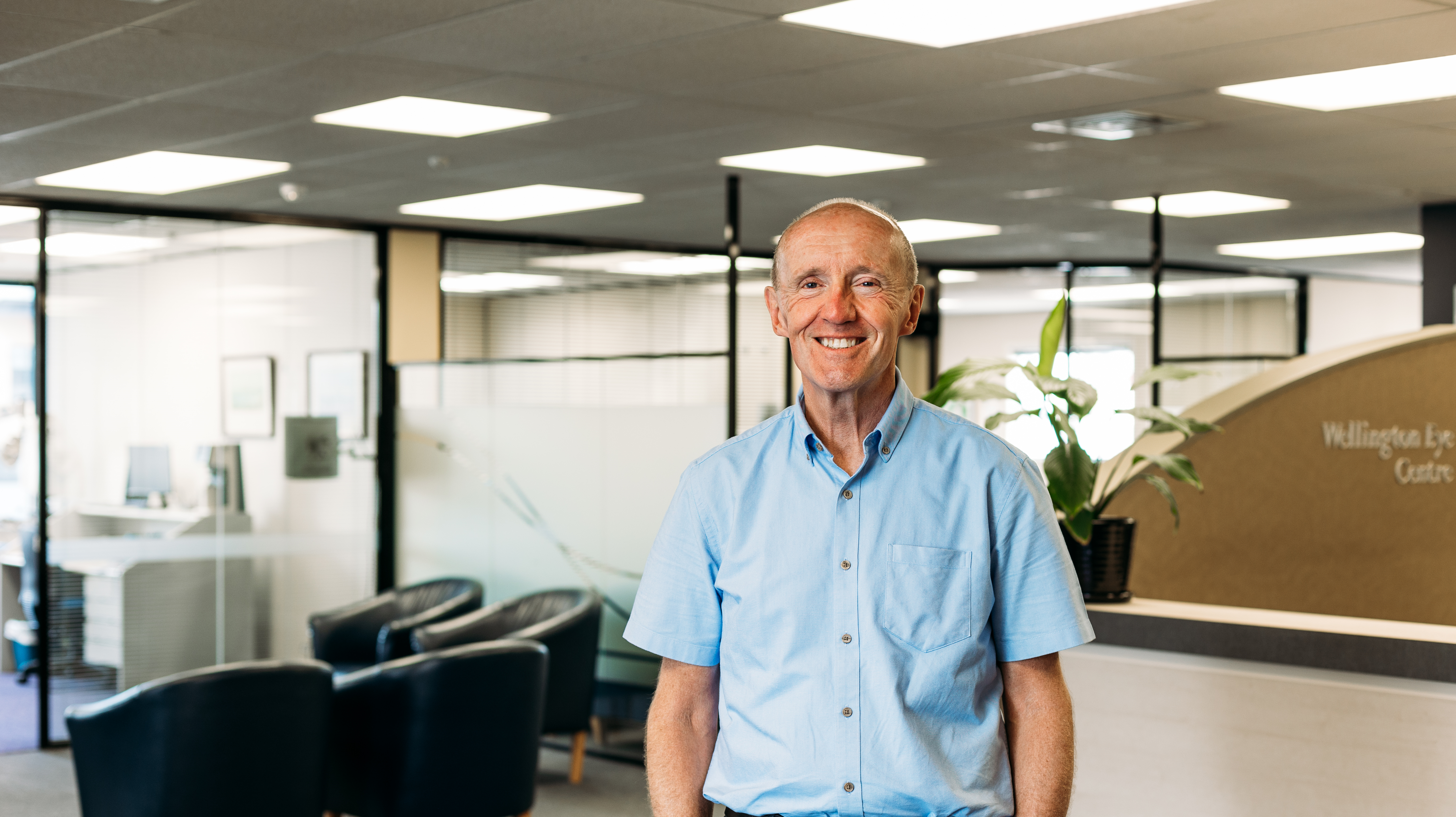
Dr Andrew Logans Innovation Achievements

Everything You Need To Know About Dry Eye
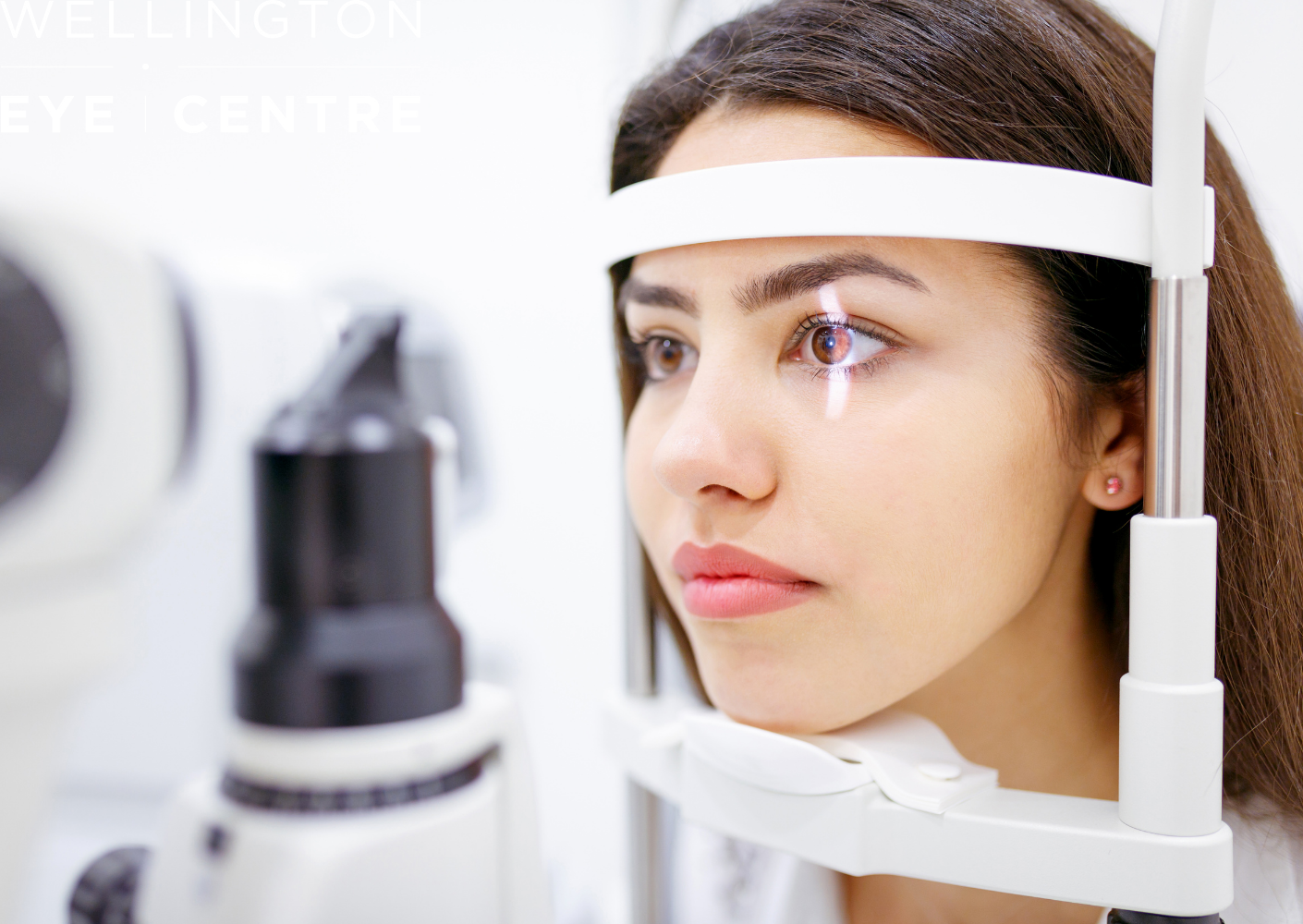
What to expect during your Laser Suitability Medical Assessment at Wellington Eye Centre
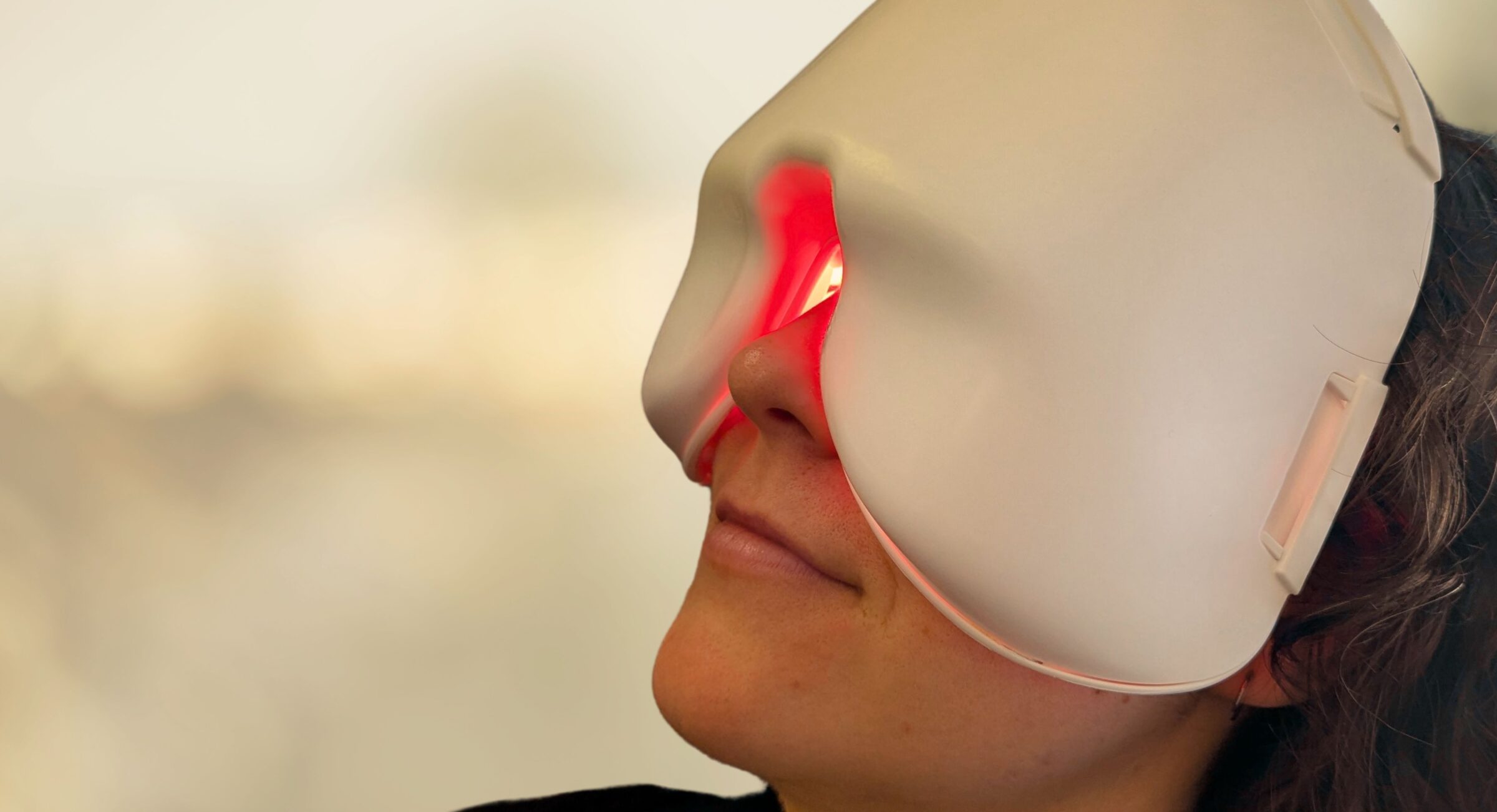
Low-Level Light Therapy for Dry Eyes

Common Medications Used in Laser Eye Surgery

